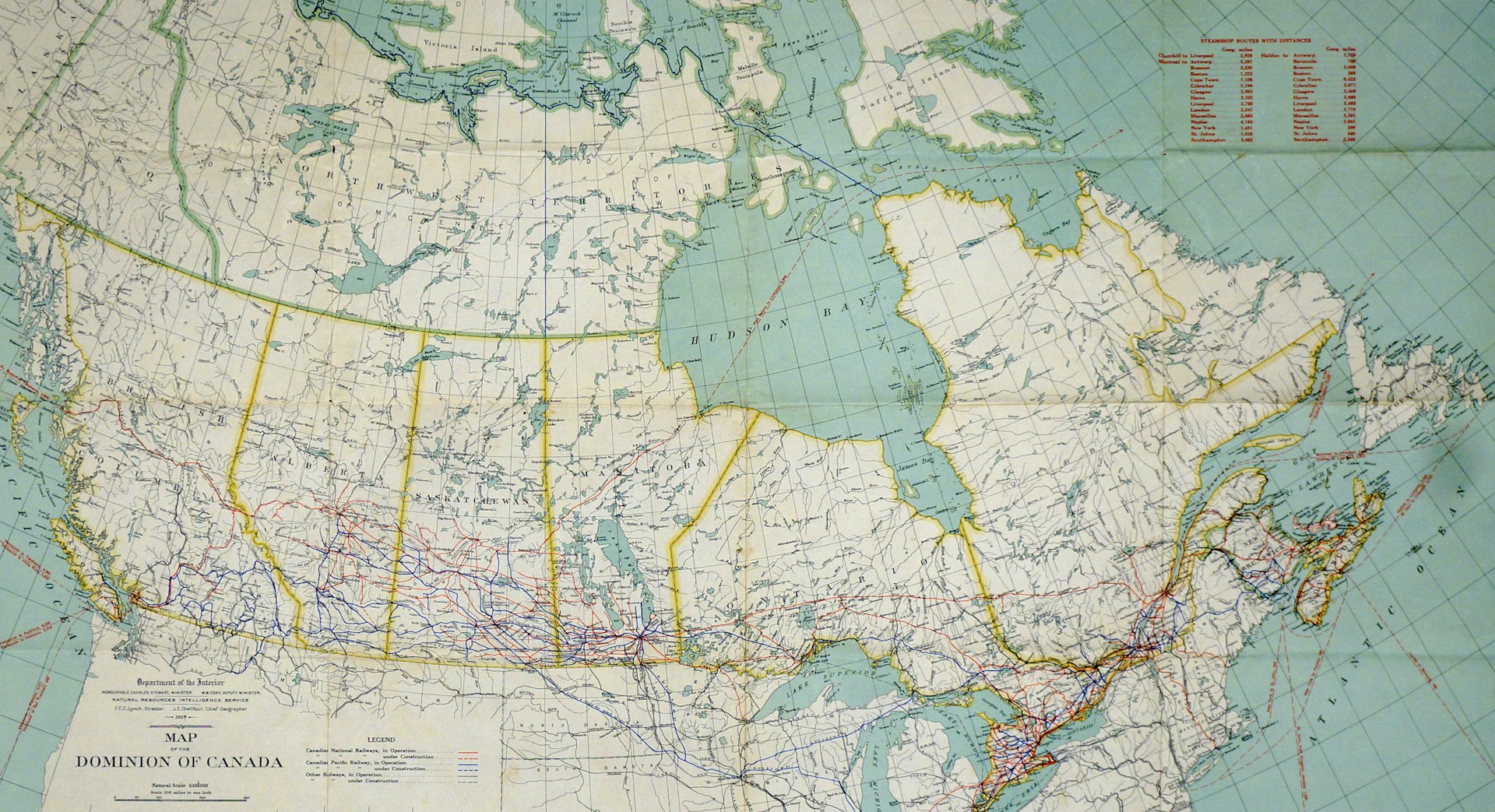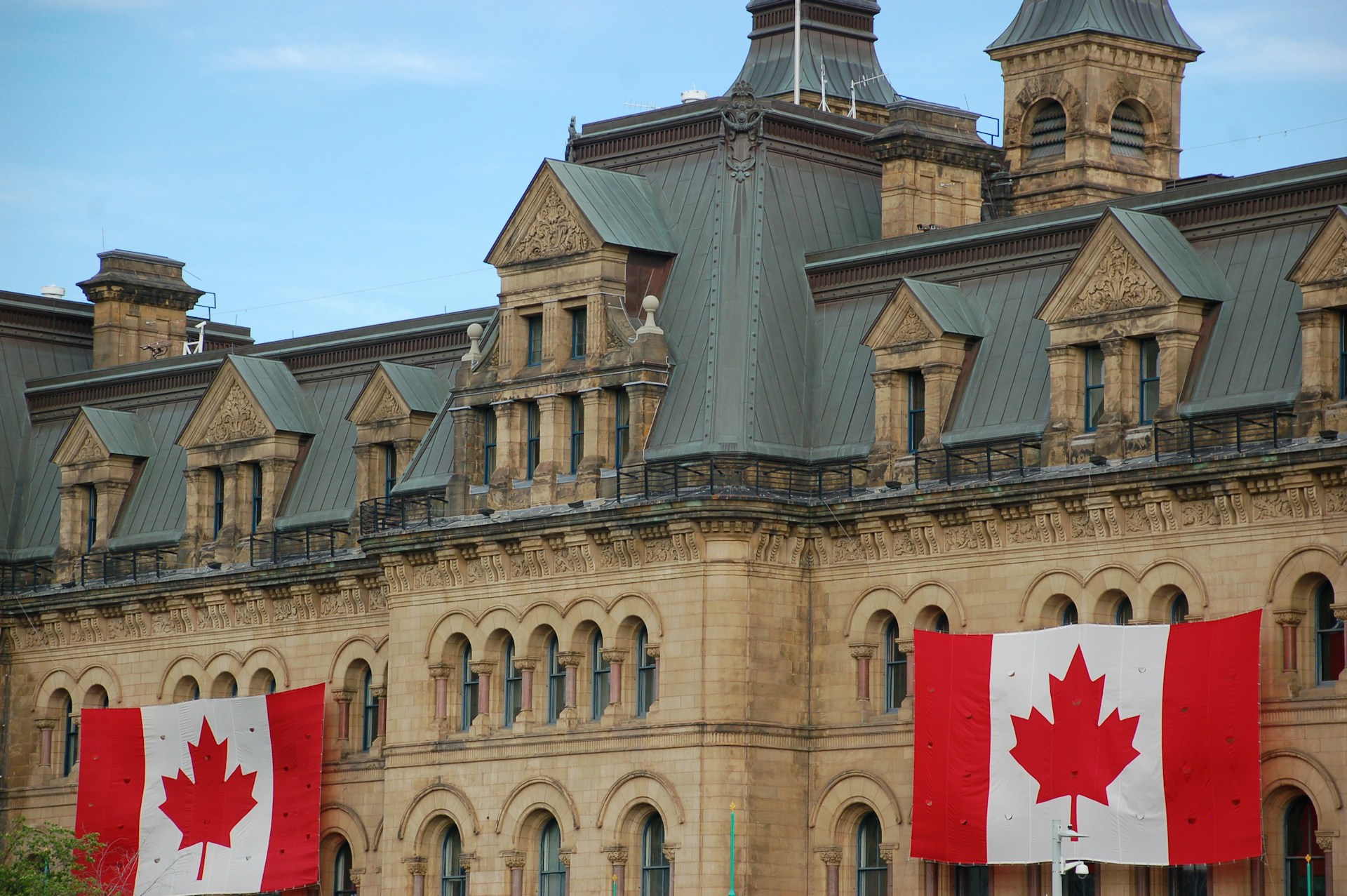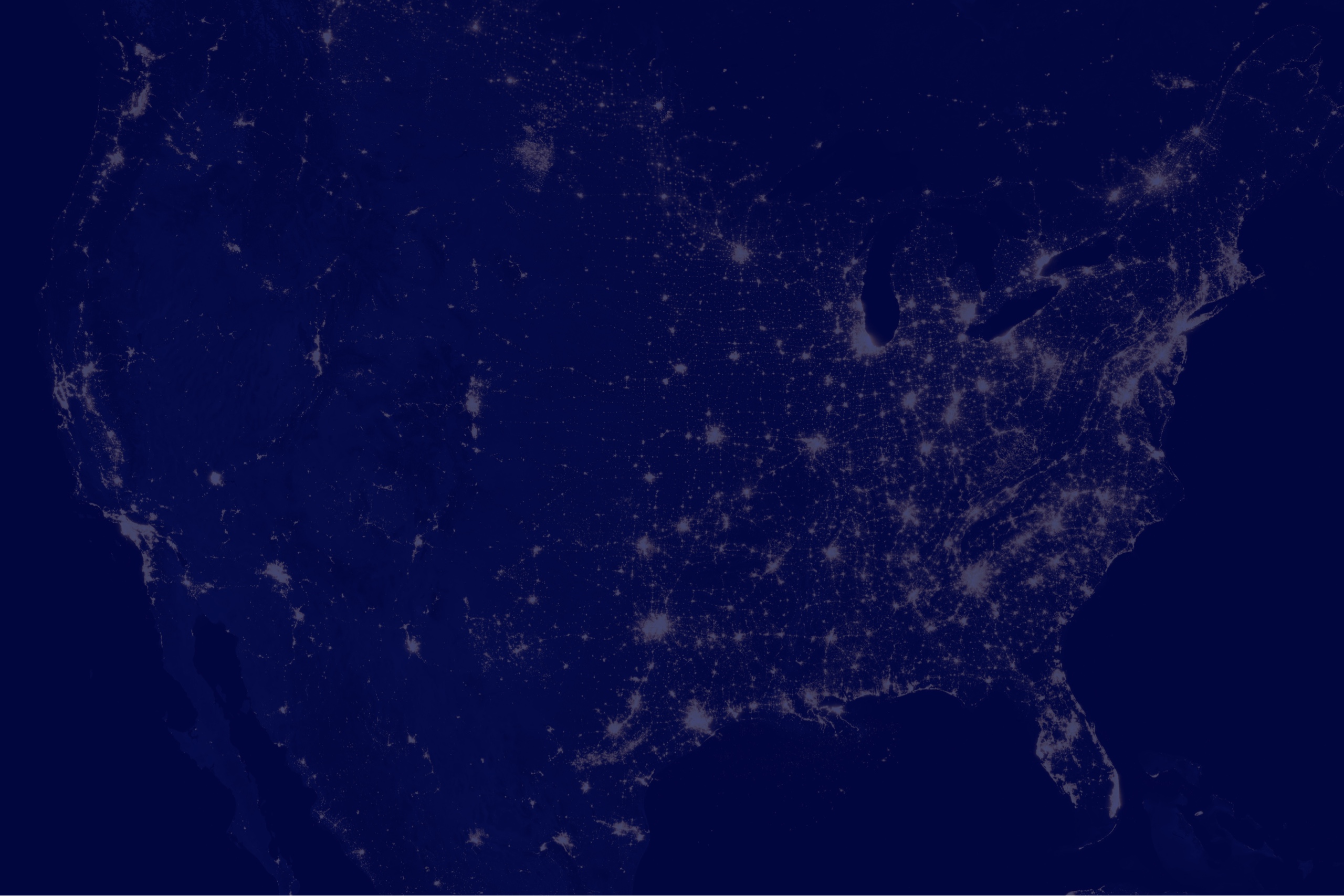Air Travel Requirements and a Hawaii Travel Update
Garson Immigration LawAir Spread of COVID-19
Some troubling news for Canadians came this week when it was reported that 18 flights that had arrived in Canada since the start of August contained passengers on board who tested positive for COVID-19. A majority of the flights landed in Montreal and Toronto, although some landed in Calgary and Vancouver as well. Most concerning, other passengers on these flights were not notified directly by federal public health authorities to inform them of the situation even as the government admits that they may have been exposed to COVID-19. Airline spokespeople such as Peter Fitzpatrick from Air Canada defended this rationale by continuing to insist that the rate of transmission on flights is very low:
“However, it is important to understand the incidence of individuals contracting a communicable disease inflight is very low. As evidence, consider what are called ‘cluster outbreaks,’ where a group of people contract a disease at the same time and location. These are rarely if ever tied to modes of travel, whereas you often see reports of outbreaks arising from funerals, bars or other gatherings,”
If you do plan on travelling by air, you can take some comfort in the fact that airlines are taking precautions in order to prevent the spread of the virus, even as they have started to relax regulations by filling middle seats, which had previously been left empty to encourage social distancing. The precautions they are taking, such as pre-flight screening and temperature monitoring, help to reduce the risk that you will find yourself on a flight with someone who has the virus. Of course, this does not account for those who have yet to display symptoms or who are infected but asymptomatic.
If you are concerned you or someone you knew was on a flight containing a person who later tested positive for the novel coronavirus, a list of the flights confirmed to have someone who tested positive can be found here. If you are flying in the future, make sure to check after your flight to see if someone on the flight tested positive for COVID-19, as there is no guarantee you will be automatically informed.
Mandatory Masks When Travelling
In parts of Canada, mandatory non-medical face mask laws have gone into effect. The laws vary across the country, with some applying only to transit and others applying to all indoor spaces within a community. The Public Health Agency of Canada recommends wearing a non-medical mask or face-covering in public places, such as stores, shopping areas and public transportation. Certain businesses and transit agencies have stated that masks are now mandatory on their premises, and some municipalities, such as Côte Saint-Luc in the suburbs of Montreal, and the city of Toronto have made masks mandatory in indoor public spaces. Violation of these mandatory mask laws could result in fines of up to $500.
On a national scale, the federal government has stepped in the protect the health of air travellers as now Canadians boarding a flight without a mask will be required to provide medical proof that they cannot wear one, according to a federal travel order. Before the travel order, non-medical masks were mandatory, but passengers were granted an exemption if they claimed to have “breathing difficulties unrelated to COVID-19”.
Following the new federal travel order, in order for a passenger to be exempted from wearing a mask on a flight, they will need to produce a medical certificate that shows they are unable to wear a mask for a medical reason. There are still some exceptions to the order, including one for infants and for people who are unable to remove their face mask without assistance. It is also important to remember that wearing a mask is required at all times in an airport and on an airplane, aside from when going through security.
The order also defined what makes for an acceptable mask:
“Any non-medical mask or face covering that is made of at least two layers of tightly woven material such as cotton or linen, is large enough to completely cover a person’s nose and mouth without gaping and can be secured to a person’s head with ties or ear loops.”
An Update for Canadians Travelling to Hawaii
In a previous post, we discussed the fact that Hawaii had recently amended its quarantine restrictions for Canadians travelling to the state after September 1st. The amendments stated that Canadians would no longer be required to quarantine for 14 days upon arrival so long as they had received a negative COVID-19 result within 72 hours of travel. This made the prospect of travelling there much more appealing. However, due to a recent increase in infections, Hawaii is considering revising its policy once again. Nothing concrete has been announced, however, Canadians who are considering travel to Hawaii would be advised to check for updates, as the situation remains in flux.
How We Can Help
If you have to travel during these uncertain times, be sure you are up to date on all of the newest regulations, or you may end up losing time and money. If you have doubts about whether you are allowed to travel, and the best ways to go about travelling during the pandemic, we are here to help.
The immigration lawyers at Garson Immigration Law are continuing to monitor the developing situation in relation to COVID-19 and will provide updates as the situation develops. If you have any questions about your potential classification as essential or about how you should comply with the changing regulations, do not hesitate to reach out to us online or by calling us at 416-321-2860.
News
Latest posts from the Garson Immigration Law Blog

Permanent Residence Roundup: Mistakes to Avoid, Update to Procedure for Rejected Applications
Garson Immigration Law
Provincial Nominee Programs and the Switch to Expression of Interest Systems
Garson Immigration Law
